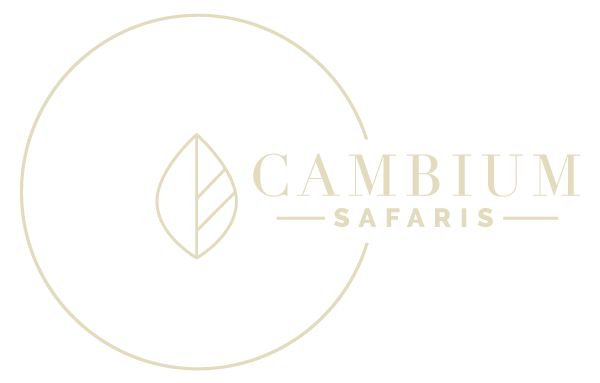Camp Chobe
Chobe National Park Riverfront
Chobe Riverfront in the Chobe National Park lies between the border post at Ngoma and the town of Kasane. A haven for wildlife, it is the most visited park in the country and specifically the most visited area of the park. The Chobe River’s deep channels forged into the sandy terrain forms the Parks northern boundary and its banks are where a considerable amount of the game in the area is found.
With an elephant population of over 120,000, the Chobe National Park has gained international fame for its abundant elephant population. During the dry season when other water sources begin to dry up, the riverfront becomes a hive of activity with vast number of wildlife, including buffalo, giraffe, impala and zebra. Birders will also be spoiled for sightings, with an estimated 460 bird species calling the area ‘home’.
Just a stone’s throw from Victoria Falls, Zimbabwe, this is a popular destination, considered one of the “big two” together with the Okavango Delta.
Chobe National Park is a 11,700 square kilometer unfenced conservation area made up of four distinct areas: Serondela or Chobe Riverfront, Savuti, Ngwezumba Pans and the Linyanti, each area contrasting strongly with the next in both vegetation and wildlife populations. The Chobe River with its deep channels forged into the sandy terrain forms the Parks northern boundary and its banks are where a considerable amount of the game in the area congregate. The area is particularly well known for its large herds of buffalo and elephant that can be seen stretched out across the flood plains and along the river’s edge. Chobe is also well known for birding opportunities, boasting over 460 bird species.
Chobe National Park Riverfront
Chobe Riverfront in the Chobe National Park lies between the border post at Ngoma and the town of Kasane. A haven for wildlife, it is the most visited park in the country and specifically the most visited area of the park. The Chobe River’s deep channels forged into the sandy terrain forms the Parks northern boundary and its banks are where a considerable amount of the game in the area is found.
With an elephant population of over 120,000, the Chobe National Park has gained international fame for its abundant elephant population. During the dry season when other water sources begin to dry up, the riverfront becomes a hive of activity with vast number of wildlife, including buffalo, giraffe, impala and zebra. Birders will also be spoiled for sightings, with an estimated 460 bird species calling the area ‘home’.
Just a stone’s throw from Victoria Falls, Zimbabwe, this is a popular destination, considered one of the “big two” together with the Okavango Delta.
Chobe National Park is a 11,700 square kilometer unfenced conservation area made up of four distinct areas: Serondela or Chobe Riverfront, Savuti, Ngwezumba Pans and the Linyanti, each area contrasting strongly with the next in both vegetation and wildlife populations. The Chobe River with its deep channels forged into the sandy terrain forms the Parks northern boundary and its banks are where a considerable amount of the game in the area congregate. The area is particularly well known for its large herds of buffalo and elephant that can be seen stretched out across the flood plains and along the river’s edge. Chobe is also well known for birding opportunities, boasting over 460 bird species.

